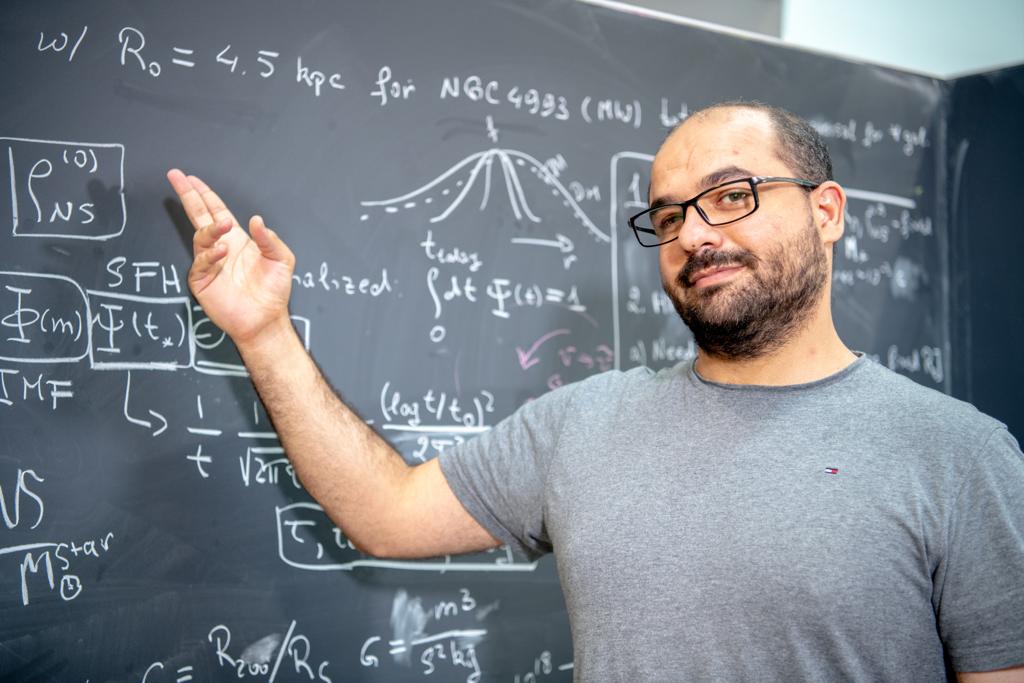Abstract:
The Galactic disk contains a substantial fraction of the baryonic matter angular momentum and at least two main stellar populations. Therefore, the formation and evolution of the Galactic disk is essential for understanding how our Galaxy was formed and evolved. We used accurate photometric metallicity estimates and Gaia Early Data Release 3 astrometries and two independent techniques (velocity and action space behavior) to select a highly pure sample of stars with [Fe/H] < -0.8 and thick disk-like kinematics. We confirm that the mean rotational velocity of this metal-poor sample lags the canonical thick disk by 30 km/s. Radially our sample has comparable size to the Galactic thick disk’s size but is more extended vertically. Also it has orbital eccentricities distribution that bridges the typical thick disk and halo eccentricities. Finally we use the derived gradients the shape of the eccentricity distribution and theoretical thick disk formation scenarios to discuss the origin of our sample stars. Our results strongly indicate that this sample of stars is an independent disk population which we dub the Atari disk. Our sample shows that the Atari contains 11 stars with [Fe/H] < -3.0 and 261 with <-2.0. Further investigation of literature stars reveals another 18 metal-poor stars oft hat kinematically belong our sample five of which have [Fe/H] < -4.0. This suggests that the Atari disk may harbor a significant portion of the most metal-poor stars. The existence of such metal-poor stars as well as the other observed properties of the Atari disk suggest an accretion origin in which a dwarf galaxy radially plunged into the early Galactic disk at early times.

